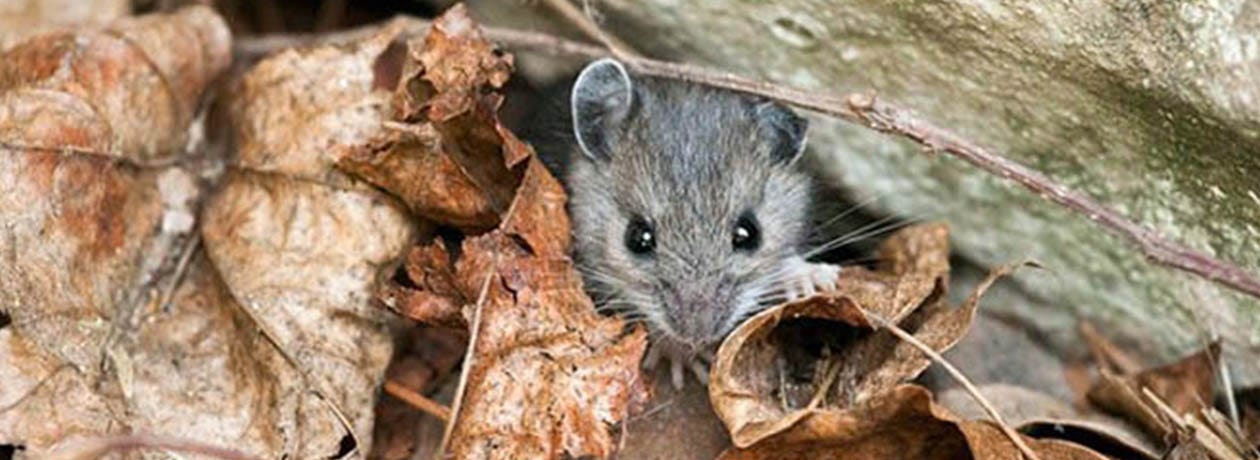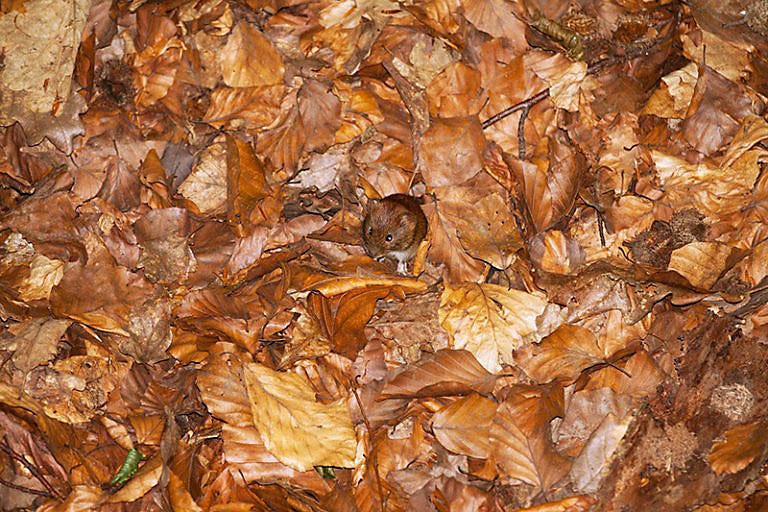Fall & Winter - The Time When Mice Move Indoors

Every fall, remember to stock all the mouse-trapping supplies you can because that’s when these rodents look for shelter from the cold. More often than not, they end up in homes, businesses, barns and storage buildings.
Why Do Mice Move Into Homes, Businesses or Other Buildings Each Fall & Winter?
As temperatures drop, rodents are drawn to sources of heat and potential food. Undoubtedly, they will find very creative ways to enter a suitable shelter. They can get inside through cracks in walls, open windows or doors, vents and pipes -- you name it and they will try it! Luckily, Victor® has some direction for your customers – here is some guidance you can offer to help customers keep rodents out:
1. Landscape
Keeping plants very close to a building, and not raking up leaves that pile against the foundation is an open invitation to small rodents. They can hide themselves in the vegetation while searching for an opening. Instead, keep plants and accumulated leaves at least 2 feet away from exterior walls, trim weeds and never allow debris to collect against the building.
2. Cool-Weather Prep
Each fall, inspect weather-stripping, then look for new and untreated cracks and other areas of weakness. Each of these open up a building to rodents. Seal all cracks around windows and doors. Also check old repair areas, as those fixes may have been damaged in the past year.
3. Utility Access
Check to see if holes for cable, wires, air conditioning or other utility conduits have been properly sealed. Rodents often crawl up sewage pipes and plumbing, so seal off around the areas where these pipes enter a building, too. Additionally, outdoor vents and windows should be fit with screens.
4. Place Repellents, Set Traps
Place quick-set or electronic traps in potential rodent hot spots and deploy scented or sonic repellents where needed. Use glue traps to monitor little-used areas, including attics or basements, to monitor rodent and insect activity.
What if Your Already Have Rodents?
First, help your customers identify their invaders by advising them to look for scat, damage and nests. Once you help them determine the problem critter, issue your suggestions of appropriate Victor® products, including electronic mouse traps, quick-kill traps and repellent options.
Here’s a quick rundown:
- Snap Traps – Inexpensive traps that can be disposed of after a successful catch. The classic mouse trap design.
- Electronic Traps – Effective rodent traps that use electricity to kill the mouse. These offer no-touch options.
- Live Traps – Some customers may want to relocate the rodents they trap.
- Scent Repellents – Using smells that people don’t mind and rodents hate, these repellents drive the critters away.
- Sonic Repellents – Plug these devices into an outlet and they emit an ultrasonic pulse that makes life uncomfortable for rodents. Since it is ultrasonic, people and pets can’t hear it.
- Glue Traps – These trays can capture rodents and insects that wander through them.

